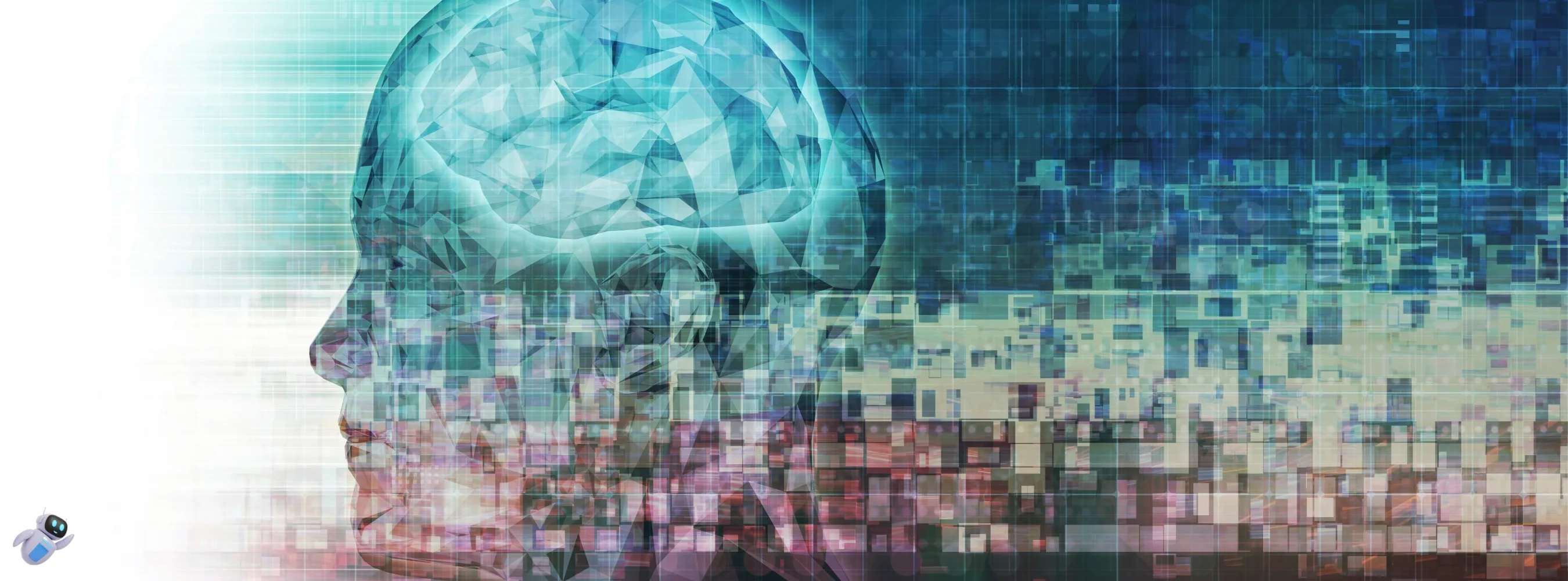The Internet of Things (IoT) has rapidly emerged as a game-changer in education, particularly in language learning. By connecting smart devices and leveraging artificial intelligence (AI), IoT enhances language acquisition through interactive, immersive, and personalized experiences. In an increasingly digital world, IoT-enabled tools are making language education more engaging and effective for learners of all ages.
IoT plays a crucial role in creating smart learning environments that go beyond traditional classroom settings. Smart classrooms equipped with interactive whiteboards, voice assistants, and AI-driven tutoring systems provide students with real-time feedback, pronunciation corrections, and context-based learning experiences. Wearable IoT devices, such as language translation earbuds and smart glasses, allow users to practice and communicate in different languages seamlessly.
One of the most significant advantages of IoT in language learning is its ability to create immersive experiences. Augmented Reality (AR) and Virtual Reality (VR) applications, powered by IoT, transport learners into virtual environments where they can engage in real-world language interactions. This hands-on approach helps learners develop fluency and confidence in their target language by simulating real-life conversations and scenarios.
AI-powered language learning applications integrated with IoT devices further enhance the learning process. Smart speakers and virtual assistants like Amazon Alexa, Google Assistant, and Apple Siri can engage users in language practice, providing instant translation, pronunciation guidance, and interactive conversations. These AI-driven tools adapt to individual learning preferences, making language acquisition more personalized and efficient.





